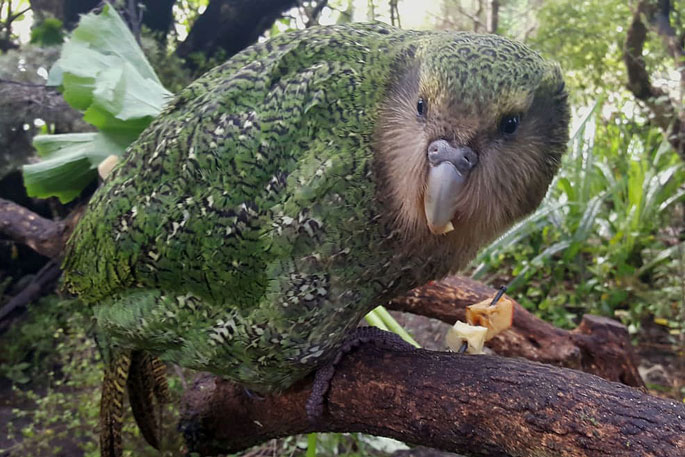Kākāpō conservation efforts are paying dividends with the population reaching its highest level since records began in the 1970s.
Science adviser at the kākāpō recovery programme Dr Andrew Digby says it has been the second biggest breeding season on record with 60 chicks hatched, although five did not survive to become juveniles.
The population has now reached 216 birds.
He says it's especially impressive given the restrictions they were working under during the pandemic and there might be a few more chicks still to come.
A major obstacle was trying to find predator-free places for all of them with sites in the North Island and islands in Fiordland being looked at.
Genetic diversity was an issue also and the genome of all the kākāpō has been sequenced since 2015.
The fatherhood of each chick was a focus of the programme, Dr Digby says.
"That work is ongoing so we've got this amazing resource that's all the genetic information for all of the kākāpō and we're working with a lot of geneticists on that to try and understand just what the genetics means for the species - how does it affect their fertility, disease, that sort of thing."
It's a problem that a few of the males dominated the mating and sometimes a successful male would be shipped off an island to another location if he had fathered too many chicks.
The ultimate goal was to leave kākāpō to fend for themselves and a successful breeding season has meant they could step back from intensive management on some breeding islands.
"It's worked very well, we were able to produce three chicks from there and they're still alive. So that's the way we're going; we need to let them do their own thing a bit more."
-RNZ.



0 comments
Leave a Comment
You must be logged in to make a comment.